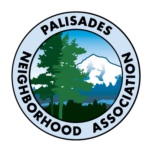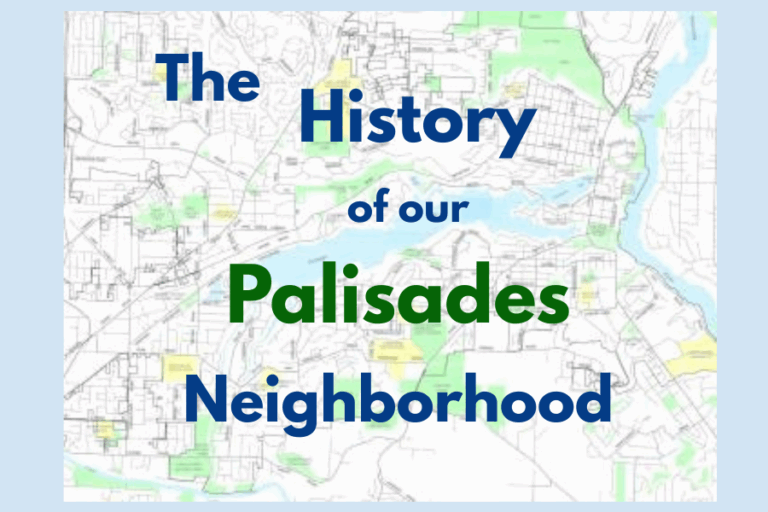But first – a quiz: What was our lake called before it became Oswego Lake? (Answer at bottom).
While there are more street and place names with wonderful stories than we can cover here, I thought it would be fun to talk about just a few interesting ones:
Rassekh. Rassekh Park, originally part of the Shipley, then Cook farms, is named after the Rassekh family that sold the 9.8 acre site to the city in 1996. In the US, Rassekh is an uncommon family name – there are more “Rassekh’s” in Egypt than in any other country!
Hazelia. You might think Hazelia comes from the Hazelnut plant, but in our context it comes from a very stubborn, invasive, difficult to remove shrub or ground cover. This area was teasingly called “Hazelia” for the farmers who struggled with this tough little plant while clearing their fields.
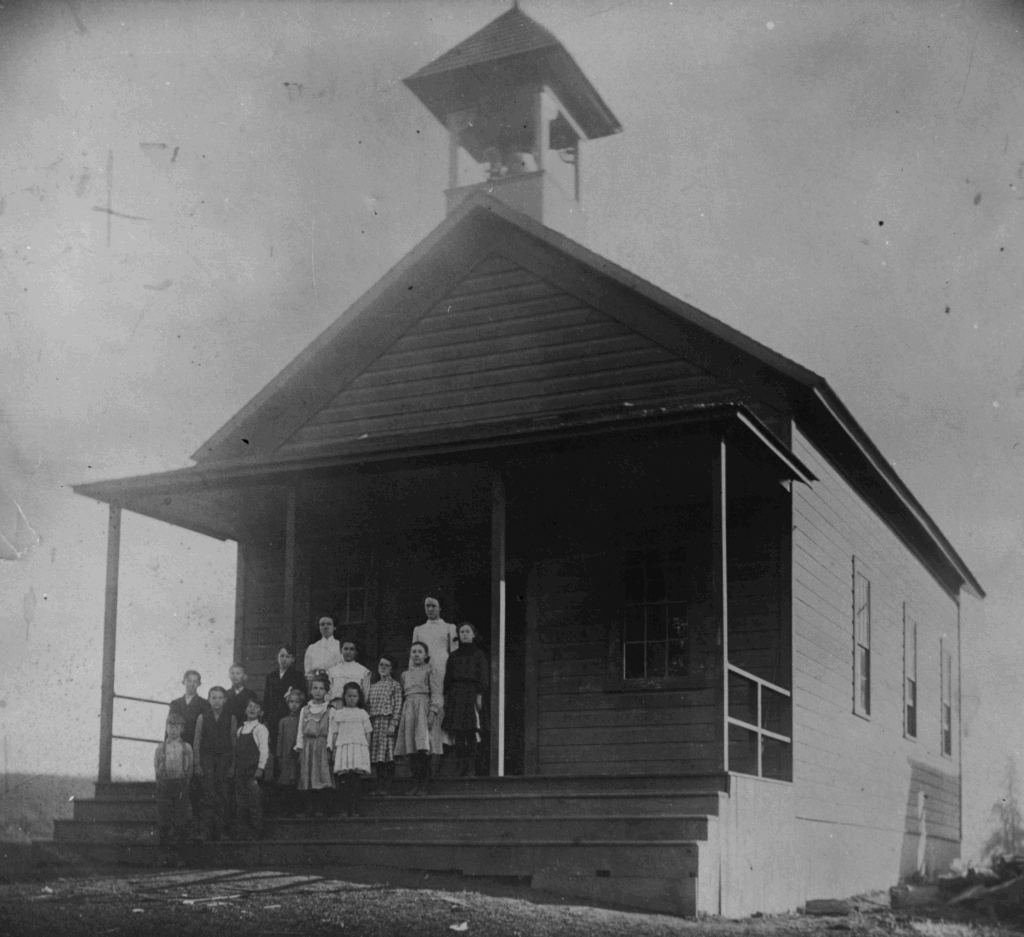
Stafford. So who is Mr. Stafford? Well, there was no Mr. Stafford (at least one for whom our street is named). In the mid 19th century, pioneer George Steel arrived and settled just south of the current West Linn-Wilsonville School District office at a site he named “Stafford” after his hometown, Stafford, Ohio. Steel’s settlement blossomed into what is now Stafford Hamlet – a 3900 acre triangle south of Lake Oswego, east of Tualatin, and west of West Linn, and Stafford Road – a major North-South artery (when it’s not under construction).
Luscher. Rudie and Esther Luscher were dairy farmers, but not the first owners of what is now Luscher Farm. The original farmstead covered land from Stafford Rd. to Marylhurst. Other families lived here, but the Luscher’s held the farm from 1944 to 1969, providing “grade A” milk from their Holsteins. In 1990, the city purchased the 48 acre farm and expanded the holding with adjoining properties.
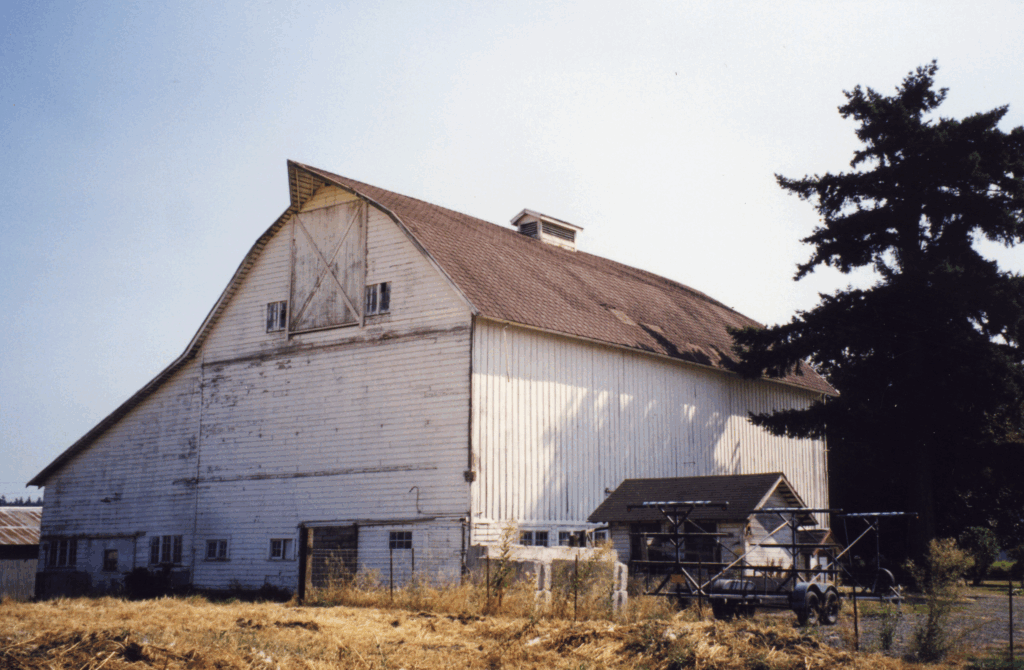
McVey. Arthur “Red” McVey’s resume was remarkable: janitor at Lakeridge Elementary School (now Lakewood Center for the Arts), community activist, preservationist, handyman, power plant operator, and school truant officer. But firefighting was his passion and in 1910, Red and 4 friends formed Lake Oswego’s volunteer fire department. Pay was $1.00 for each fire drill, and $1.00 for each fire fought. In his honor, the city renamed the “Old Country Road” to McVey Avenue in 1952.

Grimm. The Grimms are one of our early pioneer families – from Maude Grimm we learned about her grandmother Celinda Shipley helping the Indian Chief’s wife give birth (related in the previous issue). Wilda and Fred Grimm started Grimm’s Fuel Co. in 1929, providing fire wood and home heating oil to our community. In 1940, the current Texaco gas station bearing the name “Grimm’s” was established. Today, Fred’s great grandson, Cody Grimm, is a driver/engineer with Lake Oswego Fire Department stationed at the South Shore Fire Station – just 400 yards from “Grimms Corner” at South Shore and McVey.
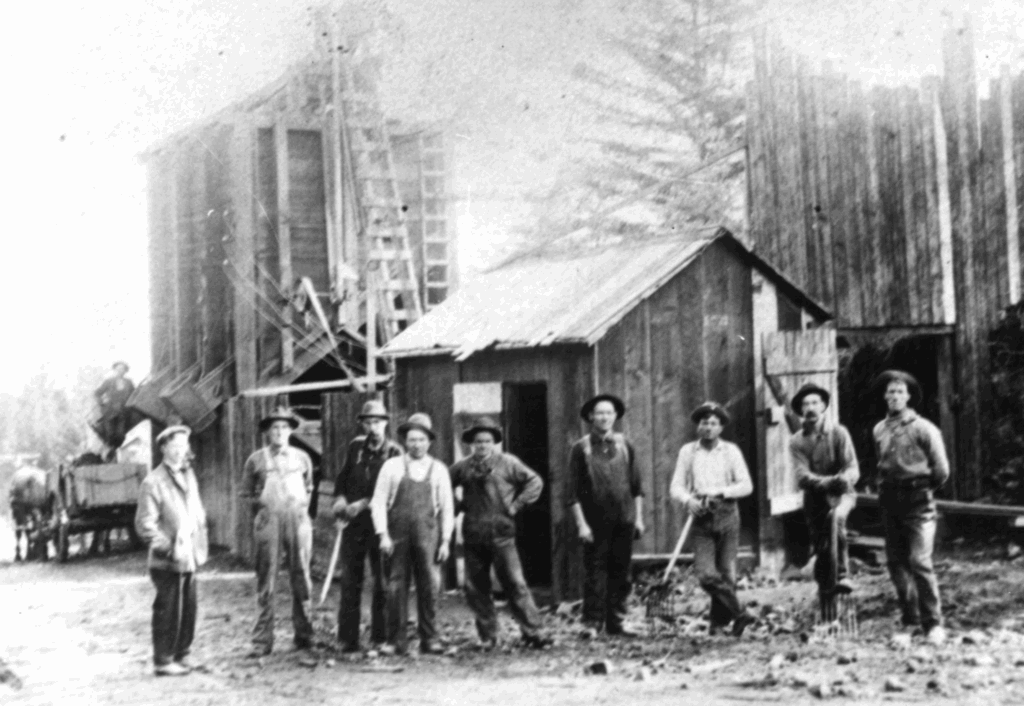
Rosemont. From Just Yesterday, A Brief History of West Linn, we learn that, “Rosemont started out as an old Indian trail. It was gradually widened by the feet of oxen and the turning of wagon wheels. At the time, Rosemont was the only road leading west from the river. Most likely, it was the road often used by early settlers, explorers, and trappers.” But the source of the name is still a mystery – maybe it’s simply “Rose Hill” or “Rose Mountain” in recognition of the pretty hills along this road.
For fun, I’ve included photos of some historic treasures in the Palisades Neighborhood: (note – the Shipley-Cook house is just outside city limits on Stafford)
Carter. Lydia Carter – 1st female grange master at Frog Pond Grange. The Grange was an important institution among early pioneers, serving the role of city council, Facebook, and NextDoor all at once. Regular meetings in the Grange Hall enabled the community to discuss and solve problems. (note – the 1873 Frog Pond Grange still stands on Stafford Rd. in Wilsonville)
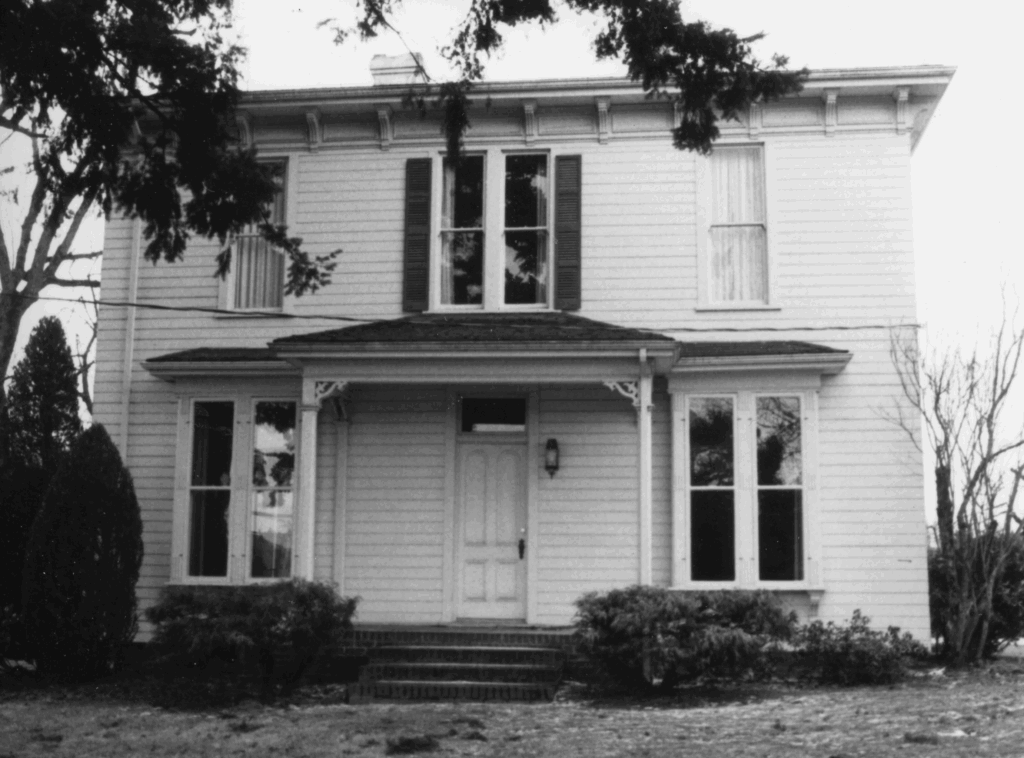
Sundeleaf. In the early 1900’s, architect Richard Sundeleaf designed several beautiful Lake Oswego homes that impressed Oregon Iron & Steel Co. as great examples of the image the company wanted to present to future home buyers. Legend has it that the company told Richard to get on his horse, ride around the lake, pick out his lot, and build his house. Sundeleaf chose this lot in Palisades and his home is an architectural treasure.

Laidlaw – Ryan House. This Colonial Revival style home was built in 1930 and originally included the surrounding 31 acres. Unfortunately, the Laidlaws never lived in the house – Dr. Laidlaw died just before construction was complete. Elizabeth Ryan arrived in Oregon during the great depression, graduated from University of Oregon, and in 1946 became the news editor for the Lake Oswego Review.
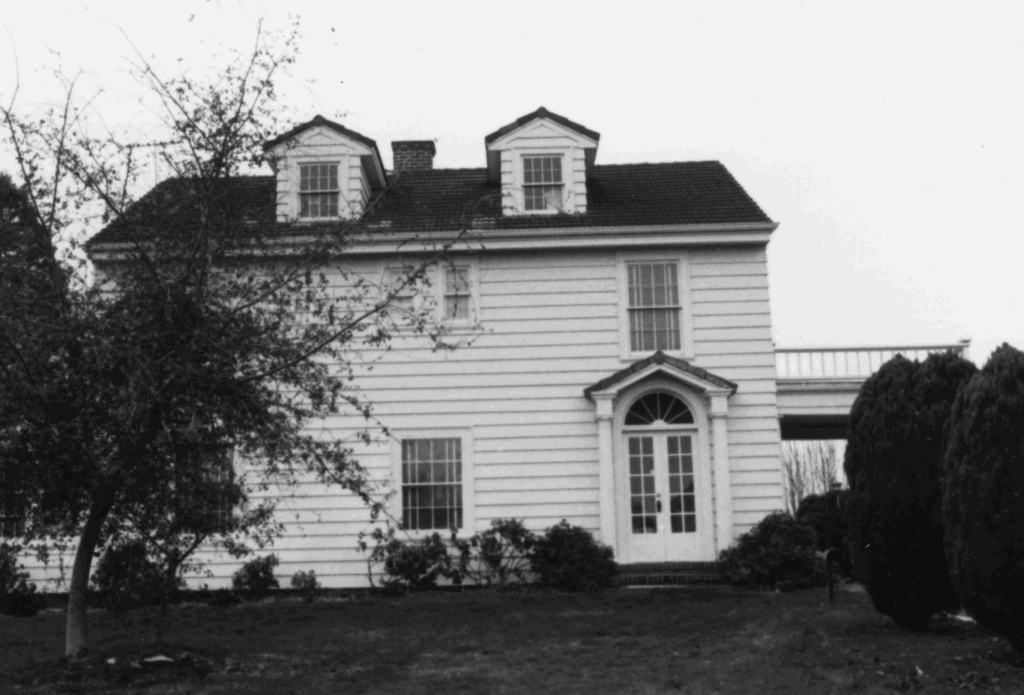
Shipley – Cook Farm. (Rick Cook’s family and farmstead was covered in the previous issue)

Quiz answer: If you said, ”Sucker Lake”, you’re only partially right! The lake was called “Waluga” by the local Clackamas Indians after the sound that geese make flying overhead – “Wah – Looooooooo – Gah”. Mid 19th century settlers called it “Sucker Lake” after the Sucker fish they caught. In 1913, Ladd Estate Co. and Oregon Iron & Steel Co. concluded “Sucker Lake” wasn’t exactly a good marketing name for selling lots, so they applied to the U.S Geological Survey office to change it to Oswego Lake.
Extra Credit: So where does “Oswego” come from? Albert Durham, who founded our town in 1847, named the area after his birthplace – Oswego, New York. “Oswego” is also an Iroquois word meaning mouth of river or pouring out of. Oswego Lake officially became Lake Oswego in 1960. This occurred when the city of Oswego annexed part of Lake Grove and officially changed its name to Lake Oswego to reflect the incorporation of the entire lake within the city limits, according to the Lake Oswego Preservation Society.
A special thanks to Rick Cook and Nancy Dunis for historical and anecdotal information. Nancy Dunis, residing in Lake Oswego, is an author and historian whose recent book, History Soup, Stories of Oswego’s Past, is available on Amazon.
